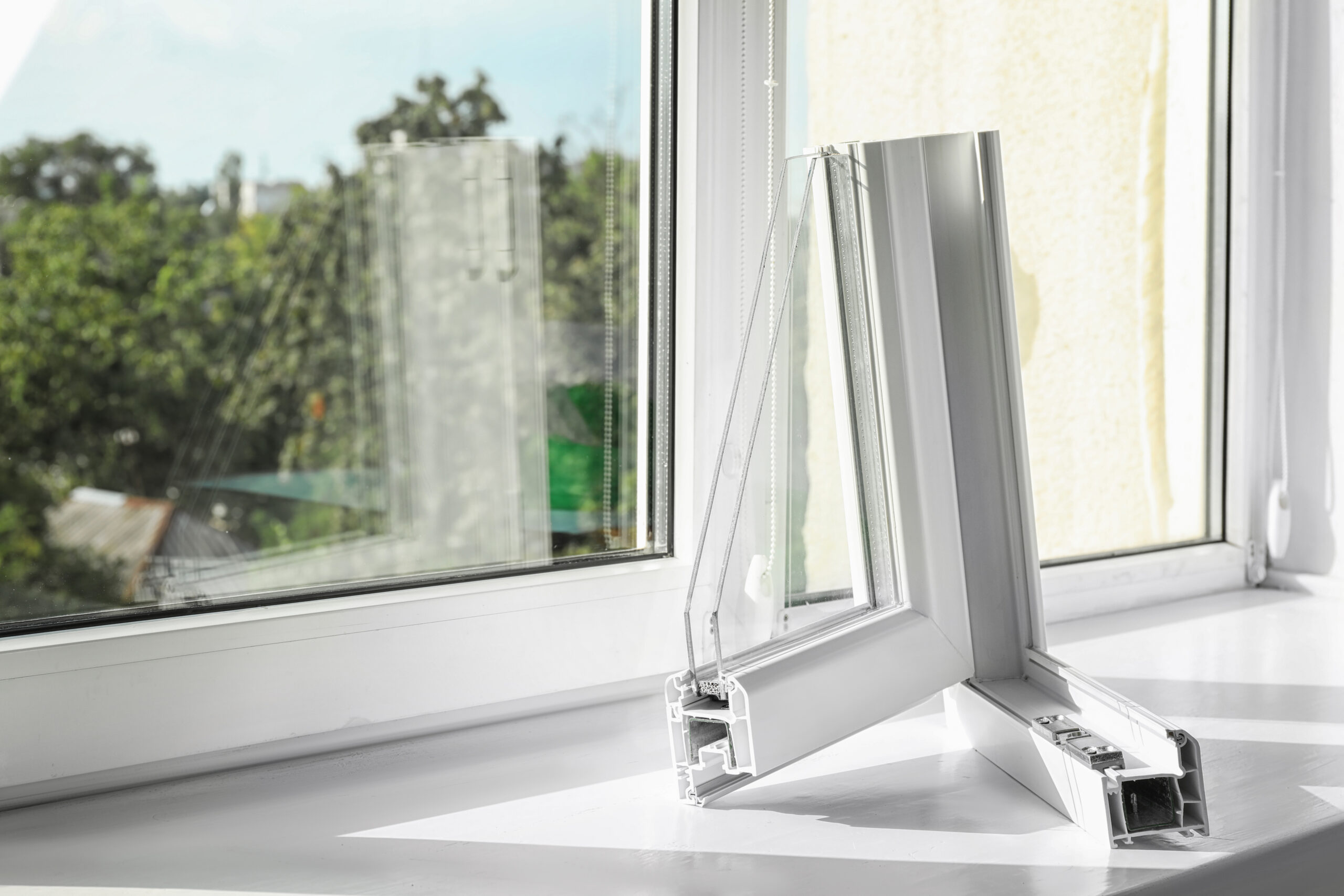Your Guide to the 5 Most Common Types of Window Glass

Choosing the right type of window glass for your home can significantly impact the aesthetics and comfort of your living space, energy bills, and safety. With various options available, it’s essential to understand each type's unique characteristics and benefits. By the end of this article, you'll have an idea of which type might be the best fit for your needs.
1. Annealed Glass
Annealed glass is the most simple of all glass types. It is often regarded as standard glass and is very versatile. In the manufacturing process, it undergoes thermal treatment and is then slowly cooled to alleviate internal stresses. Its cost-effectiveness and standard durability make it the most common type of glass used for windows.
2. Tempered Glass
Tempered glass, also known as “safety glass,” is annealed glass but with extra heat-treating processes, which make it about four times stronger than annealed glass. It is also considered safer than annealed due to the way it shatters. When broken, tempered glass breaks apart into tiny, pebble-like shards, unlike annealed glass, which breaks into large jagged pieces.
3. Laminated Glass
Laminated glass is a durable type of safety glass made with two or more glass panes connected by a transparent polymer layer in between them. This layer bonds the glass panes, causing them to stick together. If shattered, laminated glass is designed to stick to the polymer layer in between, preventing fallout. It can be manufactured with annealed or tempered glass panes. Laminated glass is used in many impact-resistant windows.
4. Insulated Glass (IGU)
Most modern-day replacement windows use an insulated glass unit. This energy-efficient glass configuration consists of two panes separated by a spacer. The space between the two panes is filled with gas, which slows heat transfer from one side of the window to the other. Insulated glass units can consist of two glass panes separated by a single layer of gas (double glazing) or three glass panes separated by two layers of gas (triple glazing).
5. Low Emissivity Glass (Low-E)
Low-E glass significantly improves the energy efficiency of windows. This glass is coated with a thin, invisible layer of metallic oxide that selectively permits certain types of light while rejecting others. It allows natural light to enter your home while deflecting UV rays and infrared light, which create heat.
Finding The Best Glass For Your Windows
By understanding the features and benefits of these five common types of window glass, you can make an informed decision that best suits your home's requirements.
Earthwise Windows is one of the top vinyl window manufacturers in the United States. We offer multiple glass packages through our regional manufacturers to best fit your home’s needs. To view all of our options or get a quote, get in touch with an Earthwise specialist today.
Did you find this info useful? It's ok to share:






